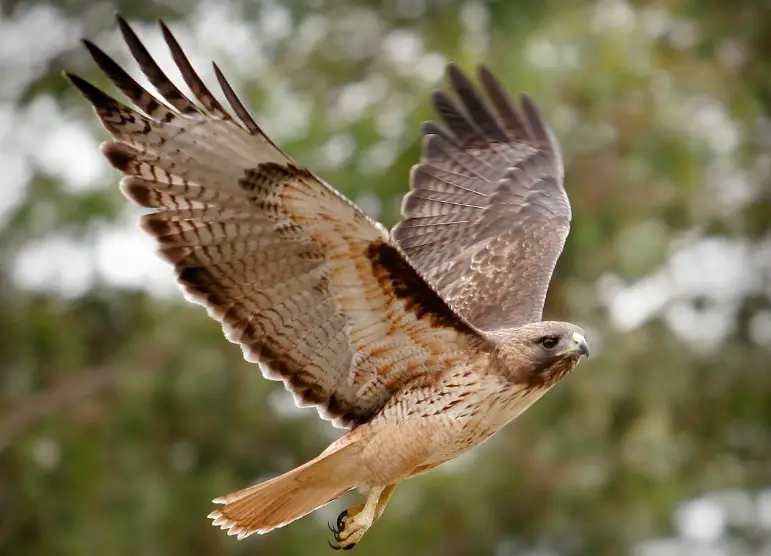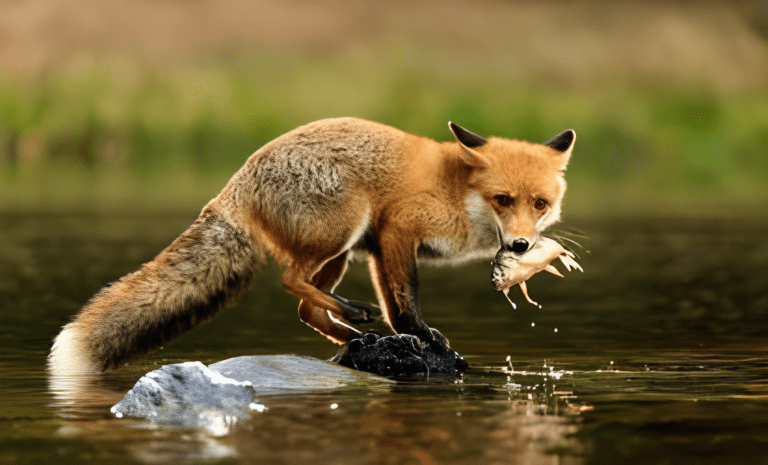Favorite Food of Hawks: Revealing Their Diet Secrets
Curious about what hawks eat? Discover their favorite prey, hunting habits, and fascinating dietary choices in this concise and insightful guide.
Introduction
Hawks are majestic creatures, rulers of the skies with sharp eyes and even sharper talons. These birds of prey are not just fascinating due to their hunting skills, but they play a crucial role in maintaining the balance within ecosystems. With an ability to adapt to various environments, from dense forests to open plains, hawks have spread across continents, showcasing the diversity and adaptability of their species.
Most Favorite Food of Hawks
The most favorite food of hawks generally includes small mammals, particularly rodents like mice, voles, and rabbits. These creatures make up a significant part of their diet due to their abundance in various habitats and the nutritional value they provide. Hawks utilize their keen vision and powerful flight abilities to hunt these animals, making them an essential component of their diet for survival and health.

Favorite Foods of Hawks: A Detailed Look
Small Mammals as Primary Prey
Small mammals constitute a significant portion of the diet for many hawk species. These can include mice, voles, rabbits, and squirrels.
Types of Mammals
The specific types of small mammals hunted by hawks depend largely on the hawk’s habitat and the availability of these animals in their environment. For instance, forest-dwelling hawks might prey on squirrels and rabbits, while those in open areas may focus on voles and mice.
Hunting Techniques
Hawks use their acute vision to spot prey from above before diving down at high speeds to capture them with their talons. Some species might also use stealth, perching silently before making a quick and decisive attack.
Birds in the Diet of Hawks
Birds, especially smaller species, are also a crucial part of many hawks’ diets.
Prey Birds
The types of birds preyed upon by hawks can include sparrows, doves, and occasionally, other birds of prey. The choice of bird prey often depends on the hawk’s size and agility.
Hunting Mid-air
Some hawks specialize in mid-air hunting, showcasing incredible aerial agility to catch birds during flight. This method requires precise timing and speed, highlighting the hawks’ mastery of the skies.

Reptiles and Amphibians
Reptiles and amphibians are also important food sources for hawks in certain regions and seasons.
Types of Reptiles and Amphibians
The types can range from snakes and lizards to frogs and toads, depending on the hawk’s habitat and the availability of these prey.
Seasonal Variations
The consumption of reptiles and amphibians by hawks may increase during warmer months when these prey are more active and abundant.
Insects and Other Small Creatures
Insects form a significant part of the diet for some hawk species, especially during breeding seasons when the demand for protein is high.
Common Insects
Commonly consumed insects include grasshoppers, beetles, and caterpillars, which can be abundant in various habitats.
Importance in the Diet
Insects are crucial for younger hawks and during breeding seasons, providing essential nutrients and protein to support growth and reproduction.
Understanding Hawk Diets
Hawks have diverse dietary preferences, primarily carnivorous, reflecting their adaptability to various environments and the availability of prey.
General Diet Preferences
Most hawks prefer a diet of small mammals, birds, reptiles, amphibians, and insects. The specific preferences can vary greatly among different hawk species and are influenced by the hawk’s size, habitat, and hunting capabilities.
Factors Influencing Diet Variations
Several factors influence the variations in hawk diets, including geographical location, season, availability of prey, and competition with other predators. For example, a hawk living in a forested area might have different prey options compared to one living in a desert region. Similarly, seasonal changes can affect the availability of certain prey types, leading to diet variations.
Hunting Techniques of Hawks
Hawks, as skilled predators, exhibit a fascinating array of hunting techniques that allow them to capture prey efficiently. Their hunting strategies can be broadly categorized into two main types: those that rely on stealth and speed, and those that involve group hunting strategies.
Stealth and Speed
The most iconic hunting method of hawks involves a combination of stealth and speed. These birds of prey have mastered the art of silent flight, allowing them to approach their prey unnoticed. Once within striking distance, they use their incredible speed to swoop down on their target. This sudden burst of speed, often from a high vantage point, leaves little chance for the prey to escape. The hawk’s sharp talons and beak are perfectly designed for grabbing and killing prey on the spot.
Group Hunting Strategies
Although hawks are generally solitary hunters, some species have been observed using group hunting strategies to their advantage. This is particularly true for larger prey that would be difficult to overpower alone. By working together, hawks can coordinate their attacks and outmaneuver their prey, making capture more likely. This behavior highlights the adaptability and intelligence of hawks in securing their meals.

Conservation and the Impact on Diet
The survival of hawks and the maintenance of their diets are intricately linked to the conservation of their natural habitats. Unfortunately, habitat loss due to human activities poses a significant threat to hawks worldwide.
Habitat Loss
Deforestation, urbanization, and agricultural expansion are some of the leading causes of habitat loss for hawks. As their natural environments shrink, hawks face difficulties in finding suitable nesting sites and sufficient food. This not only affects their ability to reproduce and raise their young but also forces them to adapt their diets based on the availability of prey in altered landscapes.
Conservation Efforts
In response to these challenges, numerous conservation efforts have been initiated to protect hawks and their habitats. These include the establishment of protected areas, reforestation projects, and programs aimed at reducing human-wildlife conflicts. Additionally, wildlife conservation organizations work tirelessly to raise awareness about the importance of hawks in ecosystems and the need to preserve their natural habitats.
Interesting Facts About Hawks
Hawks are not only fascinating because of their hunting prowess but also due to their unique hunting habits and species-specific diets.
Unique Hunting Habits
Each species of hawk has developed unique hunting habits that are suited to its environment and prey preferences. For instance, the Northern Goshawk, known for its agility, can pursue prey through dense forests, while the Red-tailed Hawk prefers hunting in open areas where it can dive down on rodents from above.
Species-specific Diets
The diet of a hawk can vary significantly from one species to another, depending on their size, habitat, and available prey. While some hawks may specialize in hunting specific types of mammals, others may have a more varied diet that includes birds, reptiles, and even insects. This diversity in diet reflects the adaptability and ecological roles of different hawk species.
FAQ’s
How do hawks catch their prey?
Hawks utilize their keen eyesight to spot prey from above, then swoop down with speed and precision, capturing it with their powerful talons.
Do hawks eat carrion?
While hawks prefer live prey, some species will eat carrion if necessary, especially during food shortages.
Are hawks beneficial to the environment?
Hawks play a crucial role in controlling the populations of rodents and other small animals, contributing to the health of ecosystems.
Do hawks eat pets?
Although rare, hawks may target very small pets as prey; however, such instances are uncommon and typically involve smaller pet species.
How can I attract hawks to my property?
Encouraging a healthy ecosystem by planting native vegetation and providing a habitat for small animals can attract hawks naturally.
Conclusion
Hawks are magnificent birds of prey that play a crucial role in maintaining the balance of ecosystems. Their advanced hunting techniques, adaptability to changing environments, and unique dietary preferences highlight their importance as apex predators. However, the survival of hawks is threatened by habitat loss and other human activities, making conservation efforts essential for their preservation. By protecting hawks and their natural habitats, we ensure the continuation of their fascinating behaviors and the health of ecosystems worldwide.







